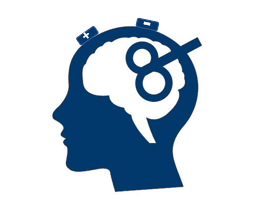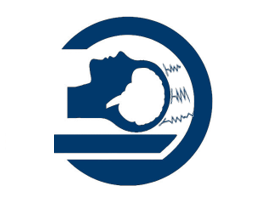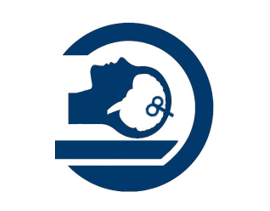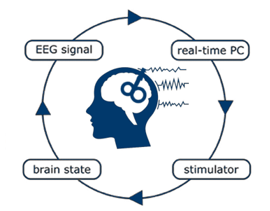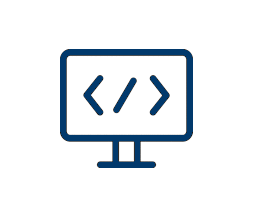Our Research
The TOBergmannLab (Neurostimulation Group) is located at the Neuroimaging Center (NIC) of the Johannes Gutenberg University Medical Center and associated with the Leibniz Institute for Resilience Research (LIR). The main focus of our group is on the development and application of multimodal non-invasive neurostimulation and neuroimaging approaches, combining neuronavigated transcranial brain stimulation techniques, such as transcranial magnetic (TMS), electric (tES), and ultrasonic (TUS) stimulation, with concurrent functional magnetic resonance imaging (fMRI) as well as electro- and magnetoencephalography (EEG, MEG). We use concurrent EEG-fMRI, TMS-fMRI, TMS-EEG, TUS-fMRI, TUS-EEG, as well as (closed-loop) brain state dependent brain stimulation approaches, such as real-time EEG-triggered TMS and TUS, to investigate the function of neuronal oscillations in cognition, in particular their ability to organize information processing and to gate synaptic plasticity in the wake and sleeping human brain. Most recently, we established robot-navigated TUS for the non-invasive neuromodulation of deep brain targets in healthy human volunteers and now plan to extend this into psychiatric patient populations. We also develop and distribute open-source software and hardware solutions to automate such multimodal neurostimulation/-imaging experiments (www.best-toolbox.org) and optimize TUS targeting (www.plan-tus.org) in order to facilitate objectivity, transparency, and reproducibility in the field.
News and Events
-
The PlanTUS software got published in Brain Stimulation – A heuristic tool for prospective planning of transcranial ultrasound transducer placements
22 Aug 2025 -
Consensus guidelines for the use of concurrent TMS-fMRI in cognitive and clinical neuroscience published in Nature Protocols
22 Apr 2025 -
New paper out in Brain Stimulation on real-time EEG sleep spindle phase-triggered TMS
22 Feb 2025 -
The ITRUSST Practical Guide on Transcranial Ultrasonic Stimulation (TUS) for neuromodulation is finally out!
30 Jan 2025
Our Methods
